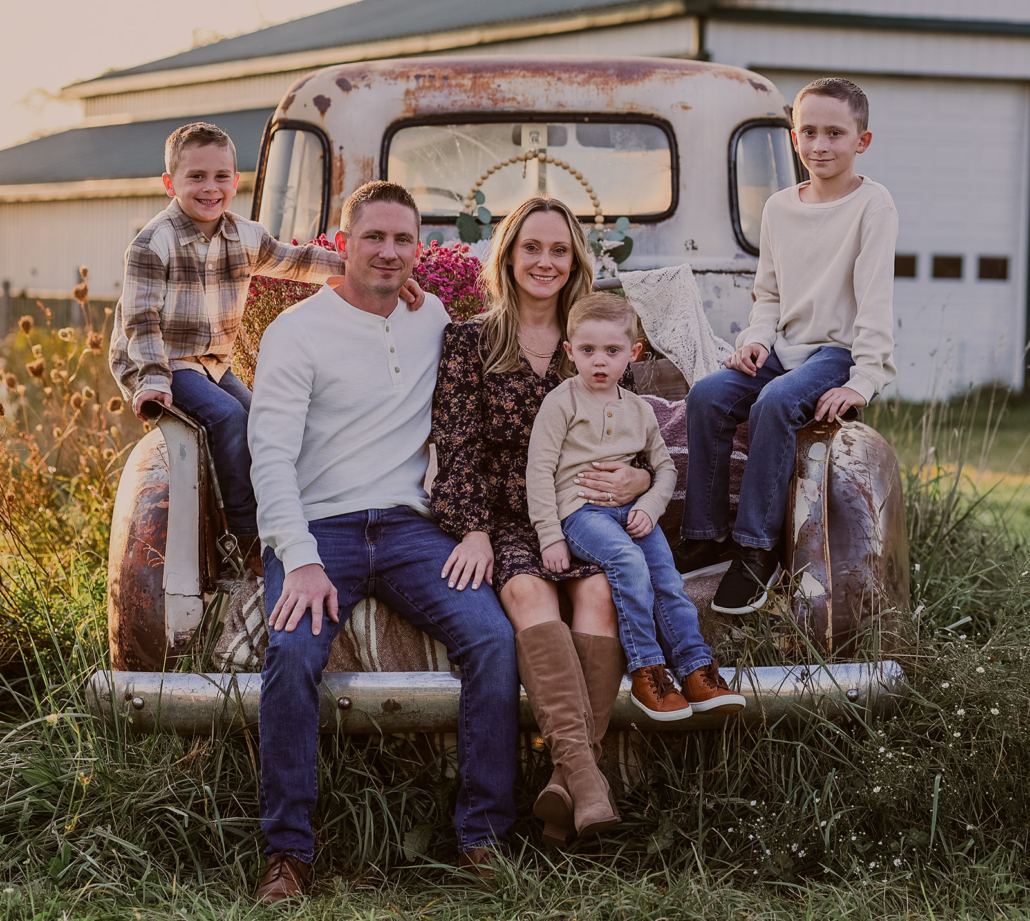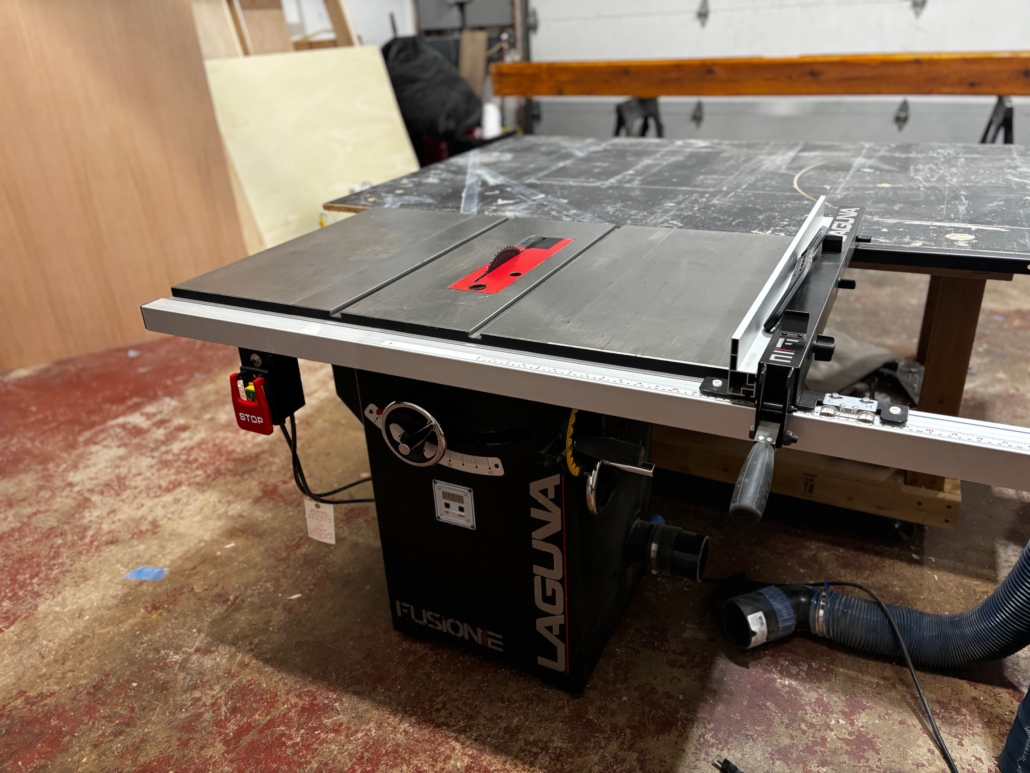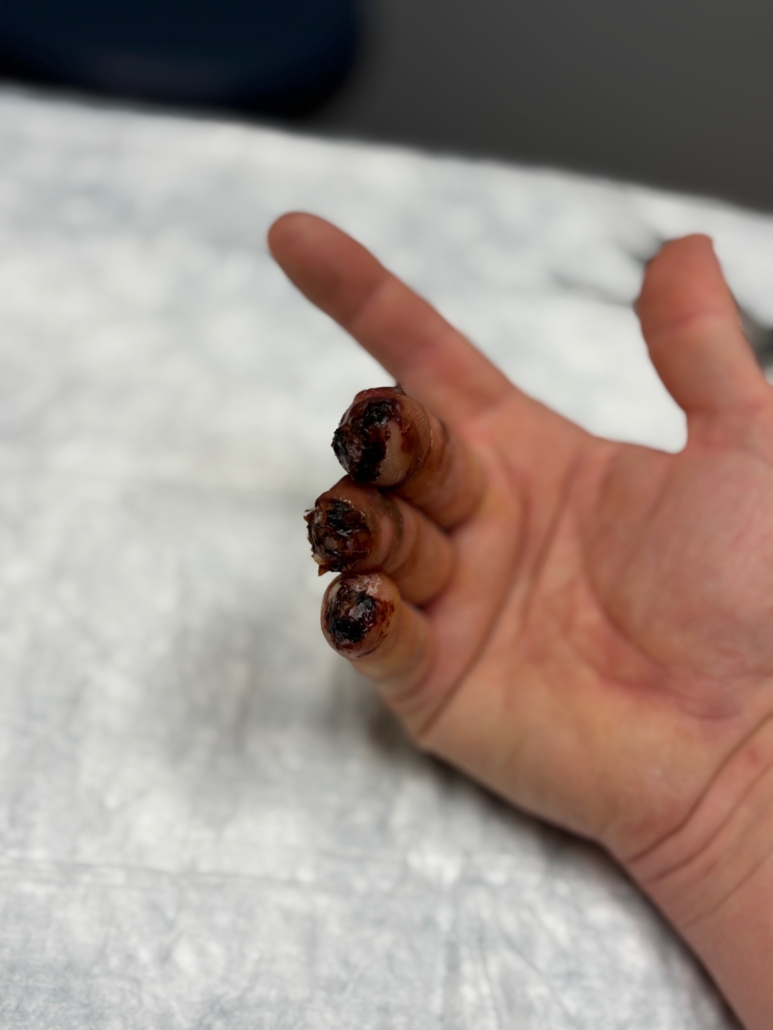I’ve worked with my hands for as long as I can remember. Woodworking became my passion in high school—the precision, the creativity, the joy of building something that lasts.
After graduation I joined the Navy Seabees and spent six years in construction before starting my own business doing custom finish carpentry. Staircases, built-ins, detailed woodwork… for over twenty years, the table saw was an extension of my hands. I had never once been injured using it.
All of that changed on November 19, 2024.
It was a normal afternoon in my shop. I was wrapping up one project and preparing for the next—a 15-foot wooden cross for a local church. I had just finished ripping a sheet of plywood and was in the middle of shutting the saw down. I turned away for a second to check my cut list, turned back, and in one simple, human moment of distraction… my hand met the still-spinning blade.
There was a sharp slap. Then blood.
I grabbed a towel, wrapped my hand tightly, and called 911 with my other hand. Firefighters later found pieces of three fingers on the shop floor.
At the hospital, surgeons gave me two choices: amputate back to the nearest knuckle for a faster recovery, or take the long road and try to save as much function as possible. I chose the long road—eight weeks of healing and therapy—hoping to keep every bit of movement I could.
The physical pain was real, but the emotional and financial impact cut deeper. I was out of work for nearly two months, losing $16,000–$20,000 in income. Even with insurance, my out-of-pocket costs totaled around $5,000. As a self-employed craftsman, there’s no paid leave, no safety net. Watching my savings drain away while being unable to provide for my family was harder than the surgery itself.
But what has stayed with me even more than the money or the pain is the quiet, everyday loss: I can’t rub my kids’ backs the way I used to. I can’t run my fingertips softly across their shoulders when they’re sick, scared, or falling asleep. I never thought something so small could hurt so much.
And here’s the part that I think about often: It didn’t have to happen this way.
Years earlier, when I bought my table saw, I looked at models with Active Injury Mitigation (AIM) technology—the kind that stops the blade instantly when it contacts skin. At the time, they cost $1,000 more. I understand the price differential is more like $200 today for a small saw. At the time, that felt like too much. I’d gone decades without an accident. I figured I didn’t need it.
I was wrong—The issue is that safety tech that saves fingers, livelihoods, and families is treated like an optional luxury instead of a standard.
That’s not a manufacturing problem.
That’s a policy problem.
Every day, 10–11 people in this country lose fingers to table saws—most of them experienced, careful woodworkers. Not careless. Just human.
We’ve standardized airbags, seatbelts, GFI outlets, ladder ratings—yet table saws, one of the most injury-prone tools in America, still don’t require modern injury-mitigation systems that have existed for years.
After my accident, I sold my old equipment and replaced everything with AIM-equipped tools. It cost money, but it gives me peace of mind knowing I’ll never put my family—or my hands—through something like this again.
My accident was a tragic reminder that the people with the power to set safety standards aren’t taking the issue seriously enough.
If technology exists that can stop a blade in milliseconds and prevent injuries that change lives forever, it shouldn’t be optional. It should be required.
My story could have been very different. I’m grateful for what I still have, but I’ll never forget what was lost in that split second—and I’ll never stop believing that no one should lose fingers, income, or the simple ability to comfort their own children because safety was considered “too expensive.”



















